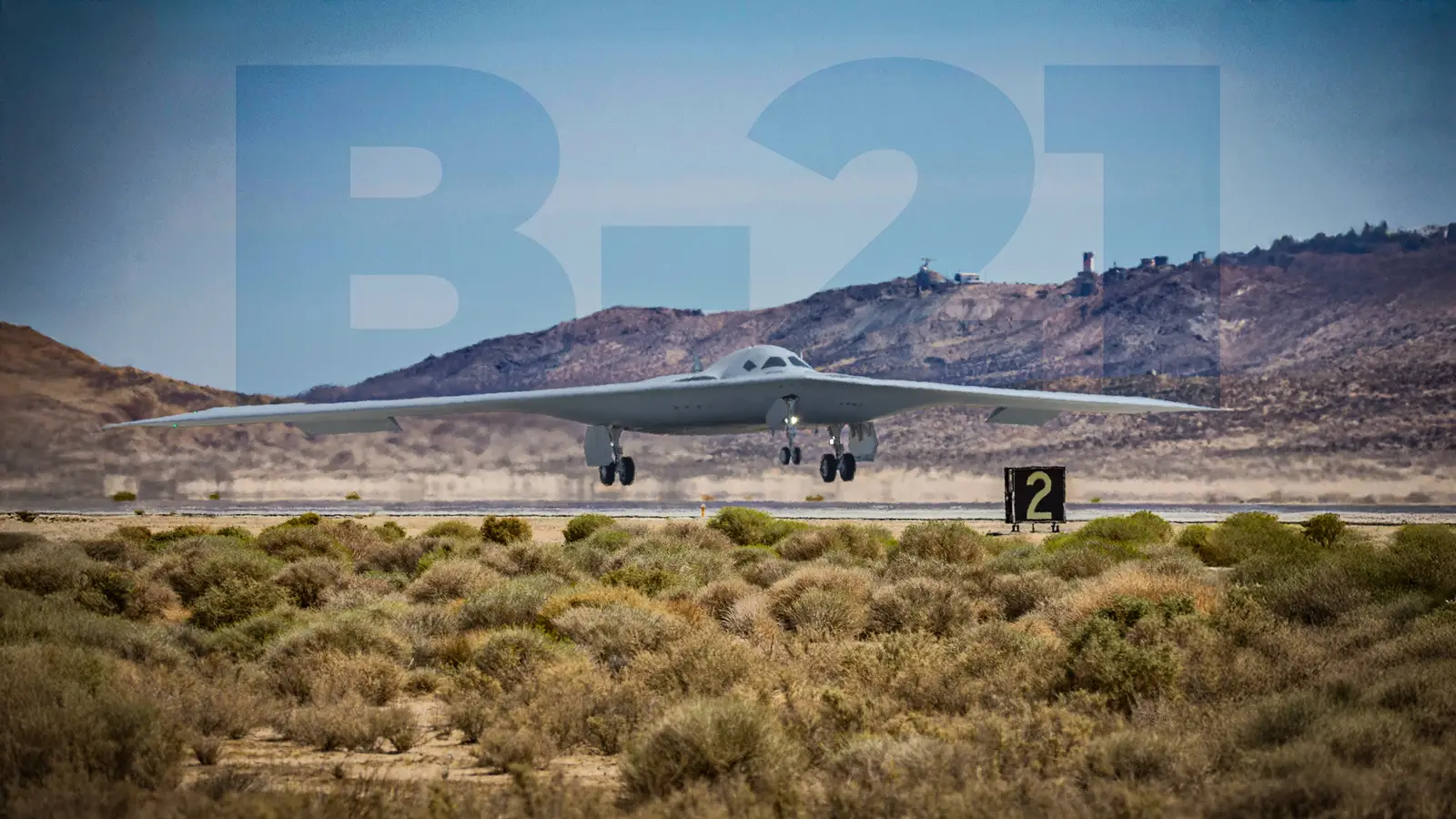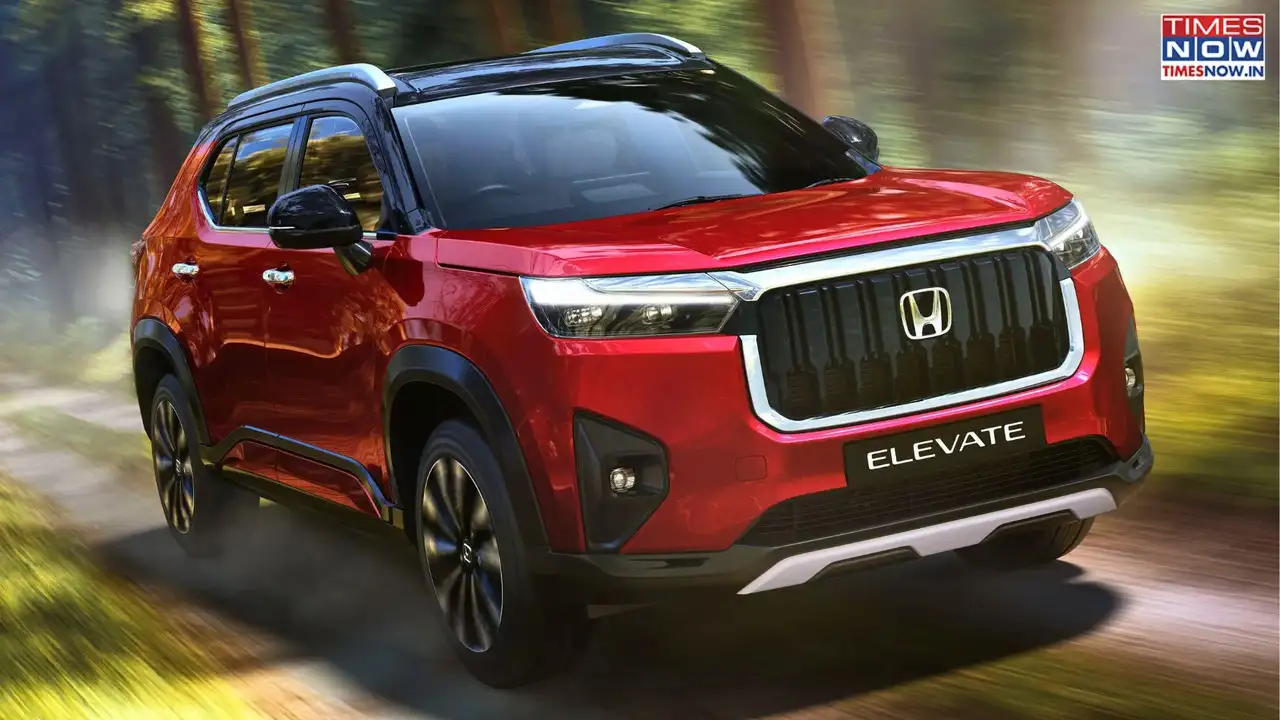Copyright Simple Flying

The Northrop Grumman B-21 Raider, being made by Northrop Grumman for the United States Air Force, promises to redefine stealth and strategic strike with a host of new features and enhancements across the board compared to the B-2 Spirit. So, you may ask, “Okay, then what’s the new definition?” There are at least three critical areas we can be sure that the B-21 will take to a whole new level when it succeeds the legacy B-2: automation, electronic warfare (EW), and multispectral stealth. As a deeply classified military project, obviously, no one in the public is privy to the technical details. The general descriptions of the aircraft, however, paint the broad strokes of what will be upgraded. The Raider is intended to be an optionally manned platform at some point in its future development. After entering service, it will also have far on board EW capability, and its detectable signatures in terms of heat, electronic (radio) emissions, and sound will all be much lower than the B-2. On top of all that, it will also have a longer range, but it is a smaller aircraft and is designed to carry a lower payload. Perhaps the Air Force was all out of spooky names, or there just isn’t a good name to describe something even sneakier than a ghost, but the B-21 will be like a “whisper of the idea of a ghost” compared to its predecessor. So instead, it bears a name that honors some of the bravest aviators in American history - World War II’s Doolittle Raiders. Now, let’s get down to brass tacks and break down how the B-21 is changing the game. Specter Of The Skies The B-21 will have radar-absorbent materials (RAM) that are more effective, longer-lasting, and easier to work with than anything used on fifth-generation platforms like the B-2, F-22 Raptor, and F-35 Lightning II. The plane will simply be invisible to even the best radar of any near-peer adversary. Russia claims to have anti-stealth radar, but even if that were true, the B-21 will beat it. Looking at radar cross-section (RCS), the B-21 is reportedly being designed to move through the sky with a temperature that matches the ambient air around it. No thermal sensor or heat-seeking detector will ever find the Raider in the cold upper levels of the atmosphere. Innovative new materials, powerplants, and engine duct designs have all been developed to achieve this goal. The Raider will be able to penetrate the most heavily defended airspace, no matter how saturated it is with sensors, and broadcast everything it sees and detects back to the shared data network used by other US Armed Forces. There will be no way to sniff out the B-21’s signals with its new capabilities, giving the US the single most powerful intelligence, surveillance, and reconnaissance (ISR) and strategic strike platform in history. The Doolittle Raiders accomplished a feat thought impossible in 1942 when they launched sixteen B-25B Mitchell bombers from the deck of the aircraft carrier USS Hornet. The 80 brave airmen flew straight at the heart of their enemy and delivered a chilling blow to an adversary that thought itself invulnerable to such an attack. The B-21 Raider’s name is inspired by the daring of those valiant aviators. However, its power is not symbolic but rather a guarantee that America can hit any target anywhere on the planet with complete immunity. Master Of Illusion The Raider’s sixth-generation EW capabilities will give it defensive, and likely offensive, means of scrambling enemy systems to render them impotent against the B-21. The invisible flying wing will glide through networks of radar, EW sensors, and surface-to-air missiles (SAM), and its enemies will be powerless to stop it. They will never even know it was there - until it strikes. Electronic decoys, signal jamming, and spoofing are tools that the B-21 can use to confuse and deceive enemy sensors. At the same time, the Raider can gather signals for analysis to learn more about hostile systems for countermeasure development and detection. Its readily upgradable open-architecture systems will be far faster and simpler to upgrade as threats evolve, unlike the antiquated computers aboard the B-2 that required lengthy overhauls. The B-2 Spirit is not devoid of these systems and capabilities, but what the B-21 will bring to the fight is guaranteed to far surpass anything that the B-2 could have achieved. The multi-domain battlespace of today sees the constantly rising significance of the role that cyber warfare plays in victory on the field. The Raider is not only being made to dominate the airwaves when it enters service, but also to remain future-proof and lethal against emerging threats as they evolve in the future. Going The Distance An interesting aspect of the B-21’s design is the prioritization of range and endurance over size and payload. The Raider will likely fly at the same maximum airspeed as the Spirit, just below the speed of sound, to avoid producing sonic booms, but it is speculated to achieve a 500 nautical mile longer range. The B-2 can fly an unrefueled maximum range of 6,000 nautical miles, but the B-21 is expected to go for at least 6,500 nautical miles before getting gas. Despite being a smaller airframe with fewer fuel tanks, its new design will be more efficient. The B-2 is a four-engine aircraft with its turbines buried in serpentine exhaust and inlet ducts, whereas the B-2 is believed to be a twin-engine design. It is a smaller aircraft with roughly half the maximum payload that the B-2 can carry. Lower weight helps offset the smaller internal tank capacity, but what is likely to be a more significant factor is lower airframe weight, more efficient aerodynamics, and cleaner-burning engines. That range will be critical to mission flexibility inside hostile airspace, crossing oceans undetected, and routinely making intercontinental treks that stretch mission times over 40 hours per sortie. The Next Generation Air-refueling System (NGAS) is a stealth airborne tanker program being pursued by the USAF but has yet to materialize, even as a prototype so far. Once that aircraft joins the fleet, the Raider will have even more operational freedom. Pairing a stealth tanker with artificial intelligence (AI) powered avionics that are expected to make the B-21 capable of unmanned flight means that the only endurance limitation will be mechanical. Removing the human factor allows the Raider to stay on mission until its systems are due for a maintenance check. Although it is not expected to normally fly without aircrew, the option to do so is a powerful force enhancement that no rival can match. Commander Of The Swarm A clear distinction between the B-21 and B-2 is the integration with Collaborative Combat Aircraft (CCA). The Spirit does not, and likely will not, have any capability to command drones like the future CCA, also called “loyal wingmen.” The Raider, on the other hand, will have the capacity to command them from the cockpit. This will transform the B-21 into an orchestrator of drone attacks that are completely independent or coordinated against the Raider’s mission targets. The importance of drones is growing rapidly in modern warfare, as the Russian invasion of Ukraine has highlighted, with its prolific use on both sides. That is only expected to escalate in scale, complexity, and frequency on the battlefield of tomorrow. The B-21 will be able to leverage ISR data collected in areas the enemy believes unobservable and deploy attritable drones on attack missions without risking more valuable platforms or human lives in contested airspace. That completely changes the calculus of air warfare. Today, the USAF’s Global Strike Command (AFGSC) must send multi-billion-dollar aircraft into harm’s way with highly trained aircrew on board and risk both man and machine every time it assigns a mission. Removing the risk to life and lowering the pain point of lost equipment by using relatively inexpensive drones instead of “exquisite” aircraft allows for a higher risk threshold and much bolder strategy. Attacking a high-value target (HVT) defended by layers of sensors and weapons is a much more plausible mission when using the Raider and CCAs in coordination. Thanks to the B-21’s large payload capacity as a long-range bomber, it is possible to launch coordinated strikes with the drones softening up the target area before it delivers the final blow, or vice versa. Built To Last Another vitally important area of improvement that the B-21 Raider represents over the B-2 Spirit is in procurement and sustainability costs. Congress cut B-2's production run short when the Cold War ended after the Soviet Union’s collapse. That resulted in just 21 airframes being delivered at a unit cost of roughly $2 billion each. Since then, one was lost due to a mechanical failure that ended in a crash, and the remainder have had to undergo extremely expensive maintenance upkeep. The USA is aiming to cut costs to roughly $750 million per plane with a large order of at least 100 Raiders, potentially more. The new planes are expected to cost around $65,000 per flight hour as opposed to the $150,000 that the B-2 costs, and lifetime maintenance will be simpler, cheaper, and more expedient. Improvements in material technology and design, along with lessons learned from the operational experience of the F-22 and B-2, are all being leveraged to make the B-21 a reliable, cost-effective, and future-proof platform. The USAF and Northrop Grumman expect the B-21 to stand the test of time better than its trailblazing predecessor while it delivers a capability to AFGSC unlike ever before.



